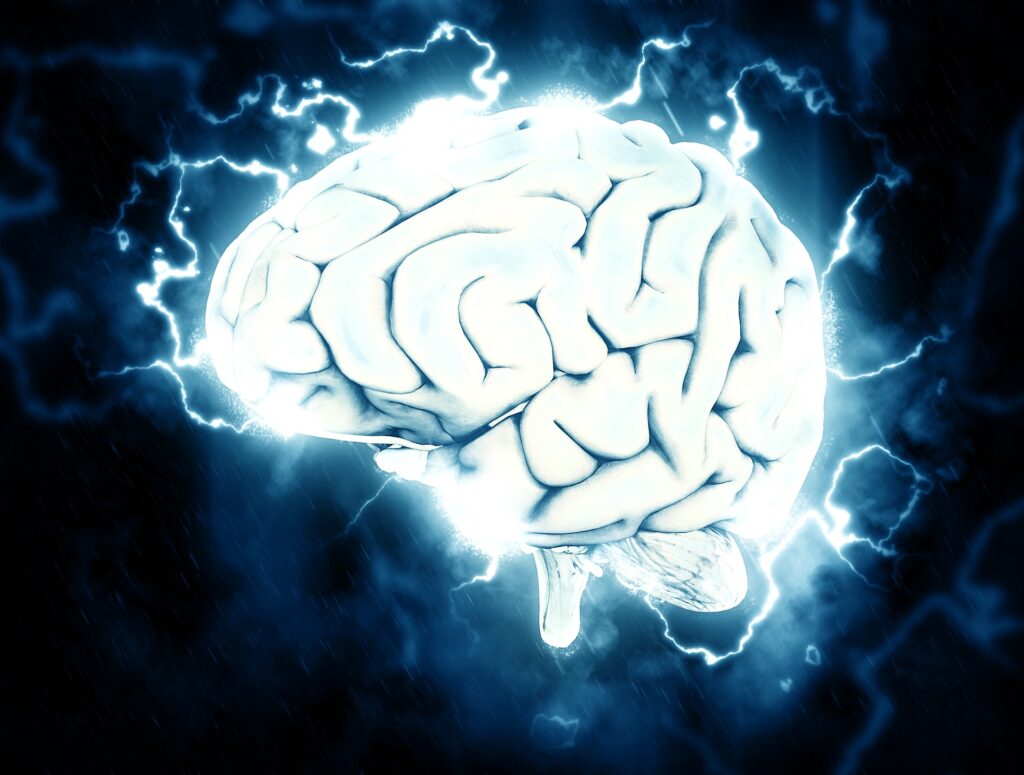In a new paper, Rob Yandow addresses the physiological response that occurs when individuals experience fear, stress, and trauma in response to critical incidents. The TLP:WHITE paper is attached here and authorized for broad distribution.
Rob is a long-time friend to Gate 15, where he has contributed to our efforts in support of Faith-Based ISAO and having appeared on the Nerd Out! podcast with Dave Pounder on two occasions:
- Nerd Out! Security Panel Discussion: EP 7. Protests, Terrorism, Holidays and love for Chris Krebs! (17 Nov 2020)
- Nerd Out Security Panel Discussion: EP 12. High Stress and U….2. (20 apr 2021)
Rob Yandow is a retired police officer and a former city manager and public health official. Yandow is a graduate of the FBI National Academy and he currently serves as the national sector chief for the InfraGard Emergency Services Sector. Yandow also serves as a Fusion Liaison Officer with the West Virginia Fusion Center and as a member of the International Public Safety Association where he serves as a member of the Mental Health and Integrated Response sections. Yandow holds a Master of Public Administration degree from the University of Vermont. He can be reached at rob.yandow@gmail.com or ryandow@infragardnational.org, and you can follow Rob on Twitter at @RobYandow & @ryandowsecurity.
Overview: The Brain and the Body -The Physiological Response That Occurs When We Experience Fear, Stress, Trauma and Critical Incidents
by Rob Yandow

We all experience fear in our lives, even though we may not always realize it. We are all under stress, whether it is short-term stress or long-term, chronic stress. During our lifetime we will all experience trauma and we will all be exposed to critical incidents. Some of us were born already suffering from trauma because our mothers suffered from trauma during the last trimester before giving birth. Children who suffer from what are known as Adverse Childhood Experiences (ACES) will grow up far more prone to mental and physical illness due to the trauma and stress. And, depending on the careers we choose, we will likely experience anywhere from three to over one hundred critical incidents in our lives. So, what does all this mean?
Our brain is a magnificent and very complex three-pound organ that essentially responsible for everything that we do and how we do it. The brain is divided into two spheres with identical functions on each sphere. Various parts of the brain are responsible for what we hear, see, touch, taste and feel; how we solve problems; how we perform our daily activities, how we make rational judgements and how we react when the brain senses a threat.
This paper describes how our brain functions and how the brain responds to a threat through the activation of the stress response system. Additionally, the paper describes how the stress response system changes us both physically and mentally and how it protects us through the release of chemicals and hormones. The paper also describes how those same chemicals and hormones can harm us if our brain cannot reconcile that the threat is over and the stress hormones remain in our system. The result can be anything from short-lived stress to chronic and toxic stress which can lead to poor health outcomes and mental disorders including PTSD.
The paper explores, in some detail, two real world examples of the brain and body’s stress response during two incidents involving police shootings and how the responses differ. There are also some recommendations for individuals and businesses regarding preparation for stressful and traumatic incidents along with some recommended reading for those who have interest in more information.
